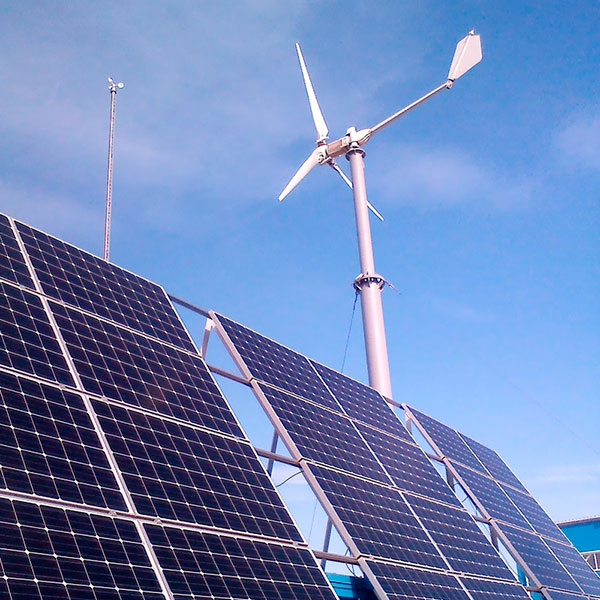Solar Collector Tubes: A Promising Renewable Energy Technology
 |
| Solar Collector Tube |
What are Solar Collector Tubes?
Solar collector tubes, also referred to as evacuated tube solar collectors, are a type of solar thermal equipment that captures heat from the sun and transfers it to either a fluid or air for various applications. They consist of glass outer tubes surrounded by an inner absorber tube typically coated with a selective coating to maximize absorption of solar radiation. The space between the two tubes is either partially evacuated or filled with an inert gas like argon to reduce heat loss.
At one end of the tube is a transparent heat-resistant glass cover that allows sunlight to pass through but reduces heat loss. The other end is attached to a heat exchanger unit. When sunlight enters the collector tube, it is absorbed by the inner absorber tube which warms up the liquid or air flowing through it. This absorbed heat can then be utilized for tasks such as water heating, space heating, pool heating, industrial process heating, and cooling systems.
Key Components and Design Features
Glass envelopes: High-quality borosilicate glass or solar glass protects the absorber tube from weathering while allowing high solar transmittance.
Absorber tubes: Made of copper, stainless steel, or aluminum coated with selective coatings like copper oxide or titanium dioxide to maximize absorption in the solar spectrum.
Vacuum/insulation space: Partial vacuum or inert gas filling between glass and absorber tubes reduces heat loss immensely.
Selective coatings: Absorbs sunlight efficiently while emitting little thermal radiation to minimize reradiation losses.
Heat transfer fluid: Water, glycol mixture, thermal oil, refrigerants, or air as the heat transfer medium. Closed-loop systems usually use water/glycol, open-loop uses air.
Connecting components: Headers, manifolds, and pipe routing ensure efficient fluid flow and heat transfer. Special low iron solar glass with AR or low-E coatings minimize reflections.
Mounting structure: Fixed mounting frames or tracking mechanisms to keep tubes aligned to sun for maximum solar exposure. Rooftop or ground mounting available.
Control systems: Pumps, valves, sensors, controls automatically regulate flow/heating based on availability and demand.
Advantages Over Other Solar Thermal Systems
Efficiency - Evacuated Solar Collector Tube designs have significantly lower heat loss compared to flat plate collectors, leading to higher efficiencies especially in colder climates or lower light conditions. Vacuum insulation allows collection even on cloudy days.
Durability - Glass and metal absorber tubes are weatherproof and last over 25 years with minimal maintenance needs. Resistant to corrosion, freezing, and overheating. No mechanical parts ensures long lifetime.
Flexibility - Can operate in vertical, sloped or horizontal orientations. Some models track sunlight for maximum year-round performance. Ideal for rooftops, walls, balconies, carports and greenhouses.
Uses - Suitable for wide range of water and space heating applications from residential to commercial to industrial. Can also generate steam for desalination or power generation. Some models designed for cooling and refrigeration.
Energy density - Higher energy yields per unit area compared to flat panels. Tubes have smaller aperture area yet higher collection efficiency via vacuum design. Useful in space constrained locations.
Cost effectiveness - While initial installation may be higher, operating costs are minimal and payback time averages 5-8 years in most regions due to increased energy production over lifetime.
Applications
Some common applications of solar collector tubes include:
Domestic hot water systems: Pre-heating water for household use through integrated storage tanks is the most prevalent residential and commercial use globally.
Space heating: Circulation of heat transfer fluid through air handlers, baseboards, radiators or floor heating distributes solar heat for homes and buildings.
Swimming pool heating: Keeps pools warmer for a longer season through an attached pool heat exchanger unit.
Desalination: Concentrated solar heat can be used to generate steam for thermal desalination, which is increasingly economical for remote coastal regions lacking conventional grid access.
Cooling systems: Works with absorption chillers for solar air conditioning and refrigeration in commercial, industrial and institutional facilities.
Greenhouse heating: Extends growing seasons for crops and plants year-round with passive solar gained from collector arrays mounted on greenhouse structures.
Laundromats: Pre-heats wash water for laundromat use, reducing electricity or gas expenses.
Industrial processes: Provides process heat for various light industries like food processing, aggregate drying, pasteurization etc. at lower energy costs compared to electricity.
Government and Commercial Installations
Many developed nations and sub-national governments actively promote the use of solar collector tubes for residential, public and private non-residential projects through rebates, tax credits and incentives. Some examples include:
In the United States, the departments of energy in states like Arizona, California, Florida and more offer rebates as high as $5/sq. ft. for both residential and commercial solar water heating installations using evacuated tube systems.
In Australia, the Clean Energy Council oversees various rebate and financing programs which have helped install over one million solar water heaters nationally, the vast majority using collector tubes.
In China, solar water heating using evacuated tubes is mandated for public housing, hotels, hospitals and larger apartment buildings through tax incentives that cover 30-50% of total system costs. This has accelerated deployments to an estimated 300+ million sq. m. of collectors.
Japan and South Korea also provide subsidies and preferential tariffs for incorporating solar collector arrays into new building developments, encouraging their widespread integration into construction projects.
Key municipalities across Europe too have implemented policies requiring or incentivizing solar thermal technologies like collector tubes in new buildings to meet renewable targets set forth in climate agreements.
The growing policy emphasis and incentives globally have substantially scaled up both the manufacturing and installations of solar collector tubes, improving design, lowering costs and expanding applications beyond basic hot water to other thermal uses. As more projects showcase the technical and financial viability, adoption rates are expected to climb further this decade.
Get more insights on Solar Collector Tube
Also read related article on m-RNA Synthesis Service Market

%20Treatment%20(1).jpg)

Comments
Post a Comment